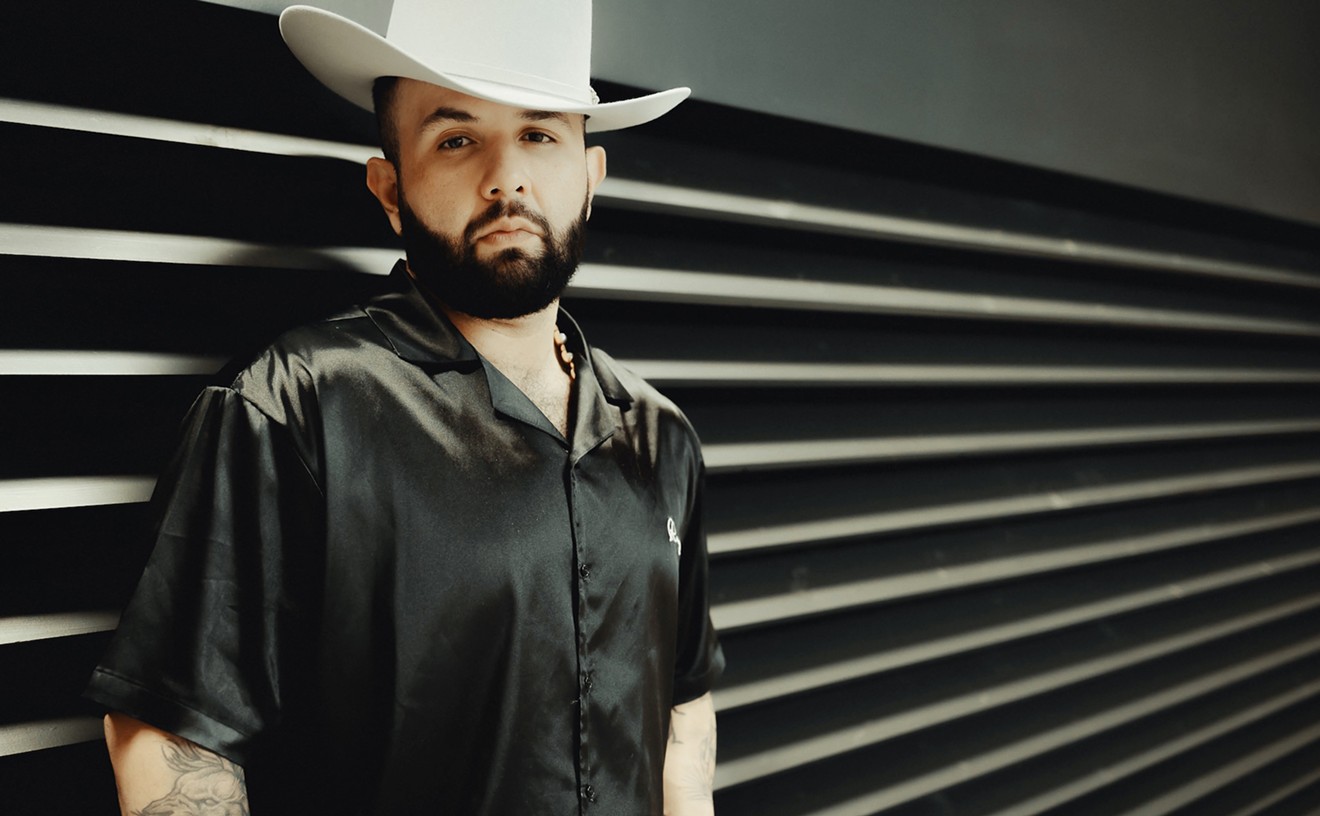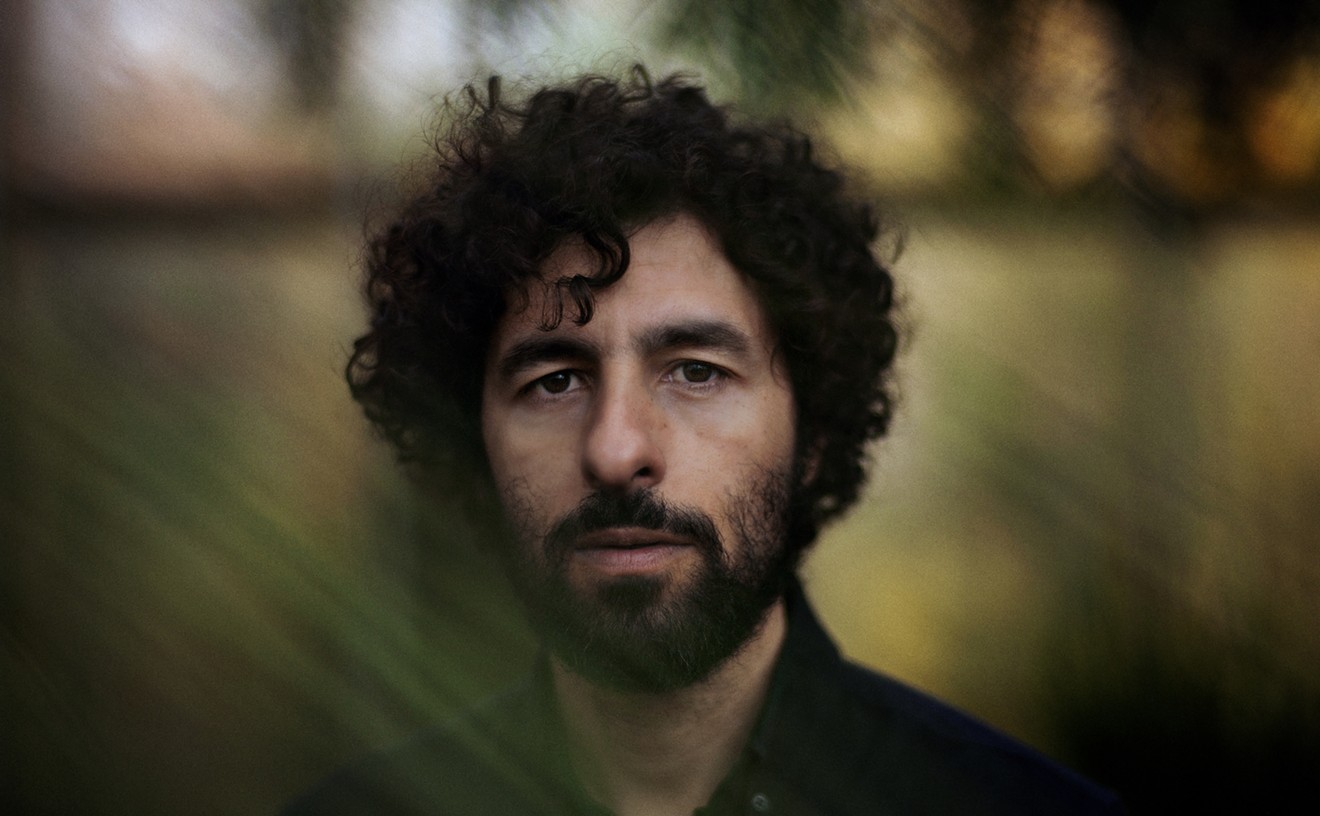But this is the cover of a jazz album released on the illustrious Verve label, and jazz, we so often are reminded, is a serious art. Accordingly Krall appears to be under fire as much as for her appearances on the now-defunct Fox show Melrose Place, and her photo spreads in Vanity Fair and Glamour, as for her actual music. Is it so unfathomable that a gal who likes to shop also can carry a tune or two? As Krall told the Canadian magazine Maclean's last year: "If I wore Birkenstocks and didn't shave my armpits, I'd still sound the same. I happen to love clothes, but I'm also serious about my art."
In effect Krall seems to be taking the blame for her label's attempts to attract a younger, hipper audience to jazz, one that the genre desperately needs to retain its financial health, let alone a measure of aesthetic excitement; garnering a gold record (sales exceeding 500,000 albums) is a huge and all-too-rare accomplishment for a jazz musician. Still, Krall's art, not her look, is exactly the problem for some people. While her seriousness is not questioned, her sense of adventure is. Jazz critic Ben Ratliff, in a recent article for the New York Times Magazine, slammed her style by calling it "safe, slightly vanilla," and went on to describe her as "a one-stop shop for acquiring an acceptable middle-class sophistication," further comparing her repertoire not to a fine aged whiskey but rather to a Starbucks caffe latte, eliciting visions of mass-produced cups of watered-down joe. In a recent Downbeat interview, Krall did address those types of complaints. "I'm not trying to break new ground," she countered. "I just love the music I grew up listening to."
A native of Nanaimo, British Columbia, 35-year-old Krall was schooled in classical music from age four, when she first began piano lessons. Years spent in a musical household, where her accountant father and schoolteacher mother were both amateur pianists and owned an extensive eclectic record collection, propelled her toward other genres. Family gatherings almost always were enlivened by a song or two. In her midteens Krall joined her high school jazz band and got a job playing piano in a local restaurant. At seventeen years old, she took off for Boston's Berklee College of Music, where she spent eighteen months studying on a scholarship.
But like many a good jazz cat, it was what Krall learned outside the classroom that made all the difference for her. Distinguished bassist Ray Brown (long-time cohort of acclaimed Canadian jazz pianist Oscar Peterson) heard her performing in a Canadian club and encouraged her to move to Los Angeles and study with pianist Jimmy Rowles, former accompanist to Billie Holiday and Peggy Lee. Wisely she heeded Brown's advice, taking advantage of an apprenticeship that many young musicians lack these days.
One wouldn't know it from her album cover, where there is nary a Steinway to be found, but Krall indeed has become an accomplished pianist. Spare, refined, hard-swinging at times, her approach often is likened to that of Peterson or Shirley Horn, both of whom she counts as idols. She has also developed into something she had never intended to become: an impressive vocalist. Rowles was the first to suggest that Krall employ her pipes as well as her hands in her act. And though she admits to having a limited range, Krall has learned to gracefully melt her caramel contralto around the standards she's chosen as her musical mainstay. Esteemed singer Rosemary Clooney, who not long ago recorded with Krall, recently gushed to one publication: "She is of the caliber of Ella and Peggy Lee. And she is a double threat because she has what none of us did: being a brilliant pianist, too."
Krall's proficiency as an arranger is not to be ignored, either. When I Look in Your Eyes, her fifth major-label album, contains seven songs (including perhaps the most poignantly and expertly rendered tune, the title track, written by Englishman Leslie Bricusse) arranged by big-band master Johnny Mandel. The remaining five, such as "Devil May Care" and "I Can't Give You Anything but Love," are ably put together by Krall and her trio/quartet members, which include some of today's hottest young lions: guitarist Russell Malone, drummer Lewis Nash, and bassist John Clayton.
"I don't want to be a jazz diva," Krall protested last year to Billboard magazine. The exhaustive roster of talent she can name as collaborators might augur otherwise. In addition to the aforementioned Brown and Clooney, Krall has worked with crooner Tony Bennett, saxophonists Stanley Turrentine and Sadao Watanabe, bassist Christian McBride, pianist Dave Grusin, and harmonica player Toots Thielemans, to name just a few.
When I Look in Your Eyes is currently one of the fastest-selling jazz CDs, a chart success capped last week by a Grammy Award for Best Jazz Vocal Performance. But winning or losing, as well as quibbles about her slick image or what some consider her bland style, seems to matter little to Krall. It's all about playing the game, and for those willing to redefine their musty conceptions of jazz, it looks to be a sweet ride. As Krall once declared early in her career: "To see number ones and be in movies and play Carnegie Hall aren't the reasons why I'm doing this. The only thing I ever thought about is playing music and making a living doing that."










